A New Way to Invest in Valero
One of domestic energy's best-performing companies offers a new -- and unusual -- way to invest in its empire. What is this? And should you care?

Investing in energy can be straightforward. Buy shares of a drilling company and hope it strikes new gas or oil. Or invest in a royalty trust or master limited partnership that owns rights to production from proven reserves. You’ll collect reliable dividends.
But energy also has its fill of complicated investments that take tremendous effort to understand. For example, under the banner of San Antonio’s Valero empire, you’ll find three publicly traded entities. Valero Energy (symbol VLO), the patriarch, owns refineries and gas stations. Valero LP (VLI) owns the pipelines, terminals and crude oil storage tanks. Both have been excellent investments, notwithstanding Valero Energy’s fall from $69 to $53 in the last six weeks. Valero LP has also lost around 20% in the same downturn, as oil prices fell, but at $50, it now yields almost 7%. Most of Valero LP’s cash distributions count as a tax-deferred return of capital. This reduces your basis in the shares and increases your capital gains tax when you sell. But paying a top rate of 15% on a capital gain sure beats paying taxes on a distribution at the ordinary-income rate.
Now there’s a new member of this corporate family, one that analysts are eagerly recommending. Bearing an inscrutable name, Valero GP Holdings (VEH) went public in July at $22 and now trades for $20. Valero Energy owns 59% of the GP, while the public now has 41%. It has a $1.20 annual distribution, for a yield of 6%, with most of the income treated as return of capital -- same as Valero LP.
From just $107.88 $24.99 for Kiplinger Personal Finance
Become a smarter, better informed investor. Subscribe from just $107.88 $24.99, plus get up to 4 Special Issues

Sign up for Kiplinger’s Free Newsletters
Profit and prosper with the best of expert advice on investing, taxes, retirement, personal finance and more - straight to your e-mail.
Profit and prosper with the best of expert advice - straight to your e-mail.
Valero GP makes money in three ways. First, as the general partner, it gets 2% of Valero LP’s cash distributions up front. Then it owns 21% of the limited partnership’s shares. And it has something called "incentive distribution rights." There’s a formula, but what it means in plain English is that whenever the LP raises its dividends, the GP gets a greater share of the extra dividend income.
Got it? Let’s let A.G. Edwards analyst Mark Reichman, who is a big booster of the GP stock, try to explain: "The advantage is you have accelerated growth in cash distributions, though you sacrifice a little yield" at first, he says. He predicts that the "incentive distribution rights" will kick in at some point not too far ahead and give the GP shareholders a higher yield than owners of the LP units. But the LP owns actual business assets, like pipelines, while the GP owns pieces of paper and IOUs. Merrill Lynch, speaking generally about this type of corporate structure, calls GP shares "higher risk, potentially higher reward."
Our conclusion: Why invest in something so difficult to understand as Valero GP? After all, whatever dividends GP shareholders get originate from the same pipelines and terminals and tank farms as Valero LP. The limited partnership will be changing its name because the government wants to see more "separation" among all these related entities. But in five years’ time Valero LP has gone from $400 million in market value to more than $2 billion, paid great dividends, and seen the value of its assets mushroom. It’s a proven success. At $50, it’s a good buy -- and something you can fathom.
Profit and prosper with the best of Kiplinger's advice on investing, taxes, retirement, personal finance and much more. Delivered daily. Enter your email in the box and click Sign Me Up.

Kosnett is the editor of Kiplinger Investing for Income and writes the "Cash in Hand" column for Kiplinger Personal Finance. He is an income-investing expert who covers bonds, real estate investment trusts, oil and gas income deals, dividend stocks and anything else that pays interest and dividends. He joined Kiplinger in 1981 after six years in newspapers, including the Baltimore Sun. He is a 1976 journalism graduate from the Medill School at Northwestern University and completed an executive program at the Carnegie-Mellon University business school in 1978.
-
 Stocks Chop as the Unemployment Rate Jumps: Stock Market Today
Stocks Chop as the Unemployment Rate Jumps: Stock Market TodayNovember job growth was stronger than expected, but sharp losses in October and a rising unemployment rate are worrying market participants.
-
 Should You Renew Your CD?
Should You Renew Your CD?With rate cuts impacting earnings, we examine if now is a wise time to renew CDs.
-
 7 Ways to Plan Now to Save on Medicare IRMAA Surcharges Later
7 Ways to Plan Now to Save on Medicare IRMAA Surcharges LaterUnderstand the critical two-year lookback period and why aggressive planning before you enroll in Medicare is the most effective way to minimize IRMAA.
-
 If You'd Put $1,000 Into Coca-Cola Stock 20 Years Ago, Here's What You'd Have Today
If You'd Put $1,000 Into Coca-Cola Stock 20 Years Ago, Here's What You'd Have TodayEven with its reliable dividend growth and generous stock buybacks, Coca-Cola has underperformed the broad market in the long term.
-
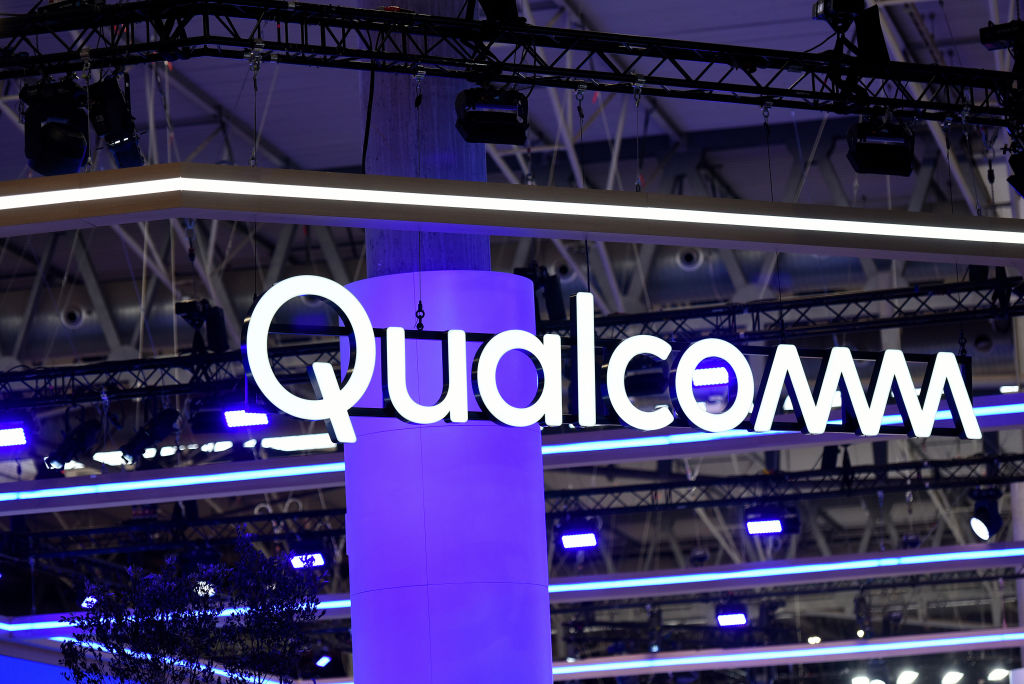 If You Put $1,000 into Qualcomm Stock 20 Years Ago, Here's What You Would Have Today
If You Put $1,000 into Qualcomm Stock 20 Years Ago, Here's What You Would Have TodayQualcomm stock has been a big disappointment for truly long-term investors.
-
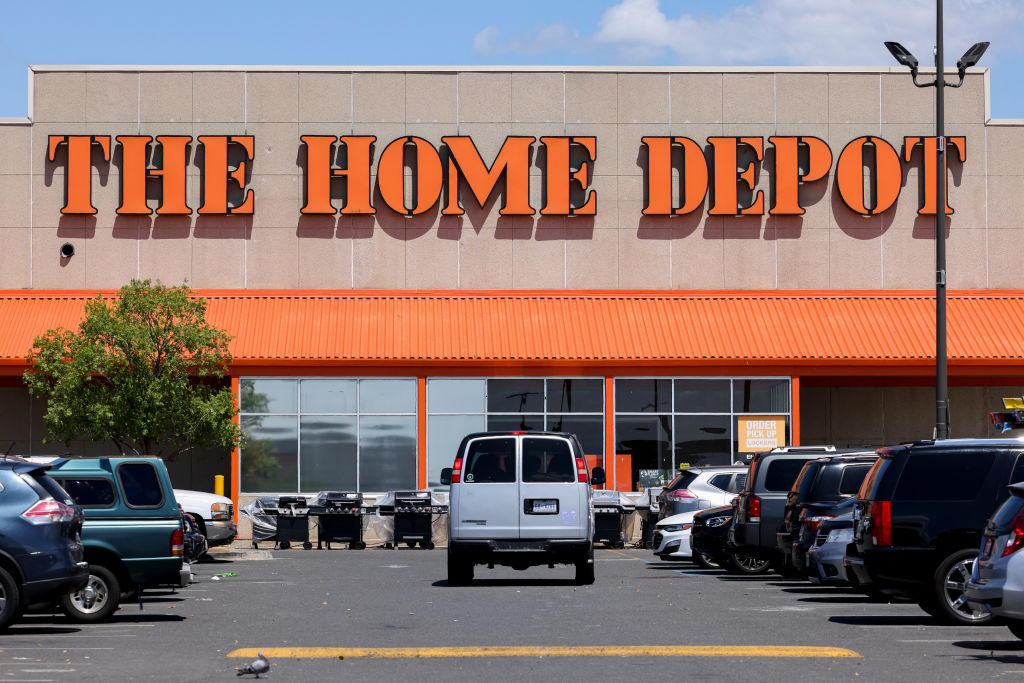 If You'd Put $1,000 Into Home Depot Stock 20 Years Ago, Here's What You'd Have Today
If You'd Put $1,000 Into Home Depot Stock 20 Years Ago, Here's What You'd Have TodayHome Depot stock has been a buy-and-hold banger for truly long-term investors.
-
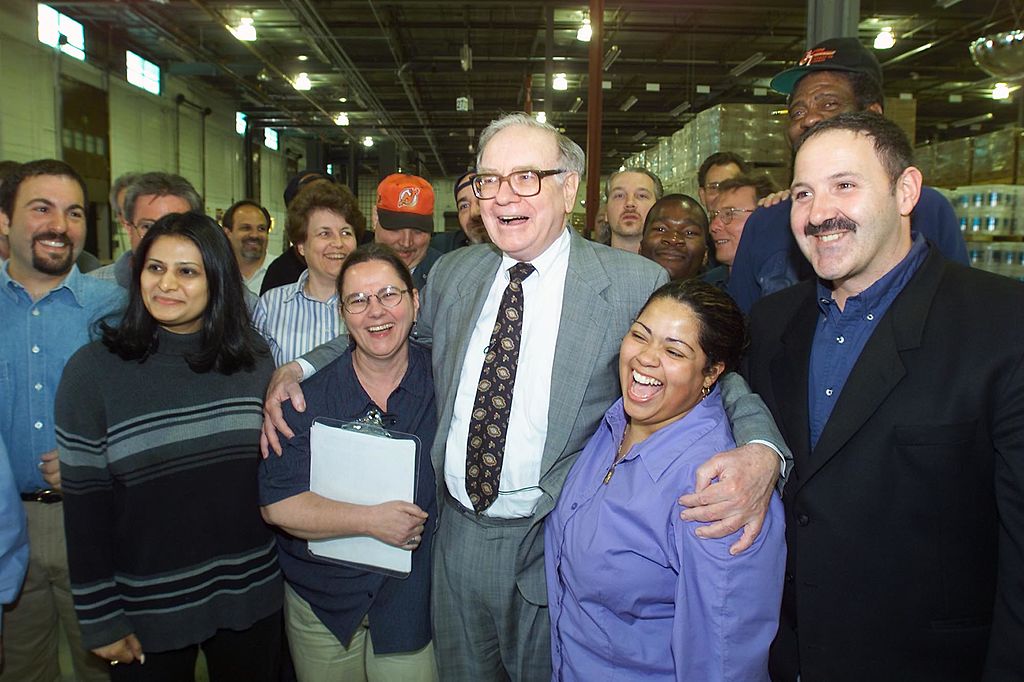 What the Rich Know About Investing That You Don't
What the Rich Know About Investing That You Don'tPeople like Warren Buffett become people like Warren Buffett by following basic rules and being disciplined. Here's how to accumulate real wealth.
-
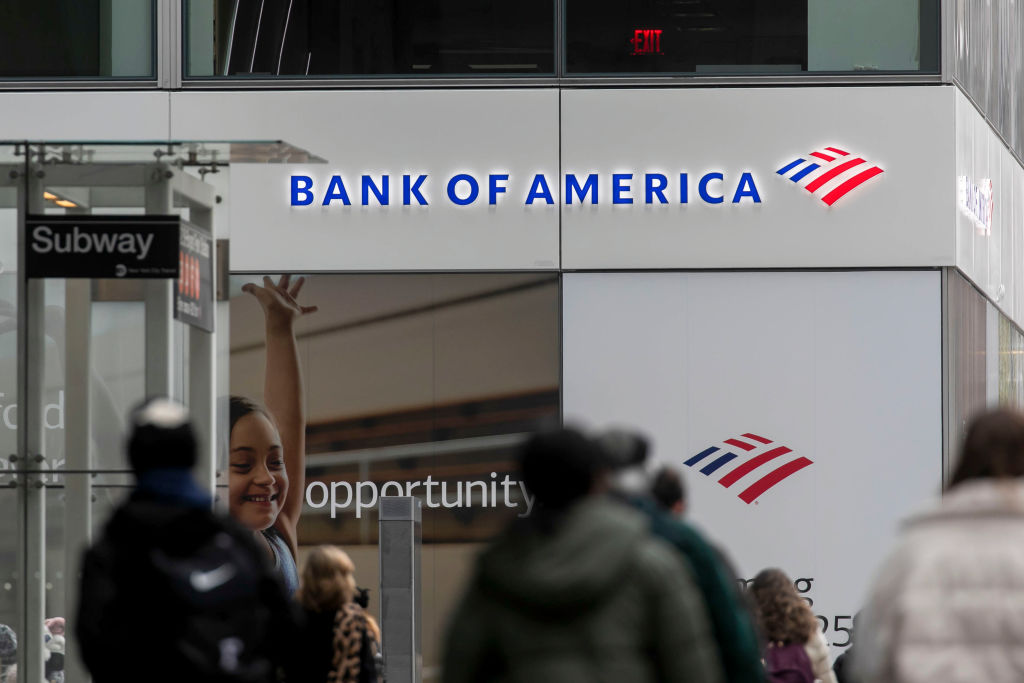 If You'd Put $1,000 Into Bank of America Stock 20 Years Ago, Here's What You'd Have Today
If You'd Put $1,000 Into Bank of America Stock 20 Years Ago, Here's What You'd Have TodayBank of America stock has been a massive buy-and-hold bust.
-
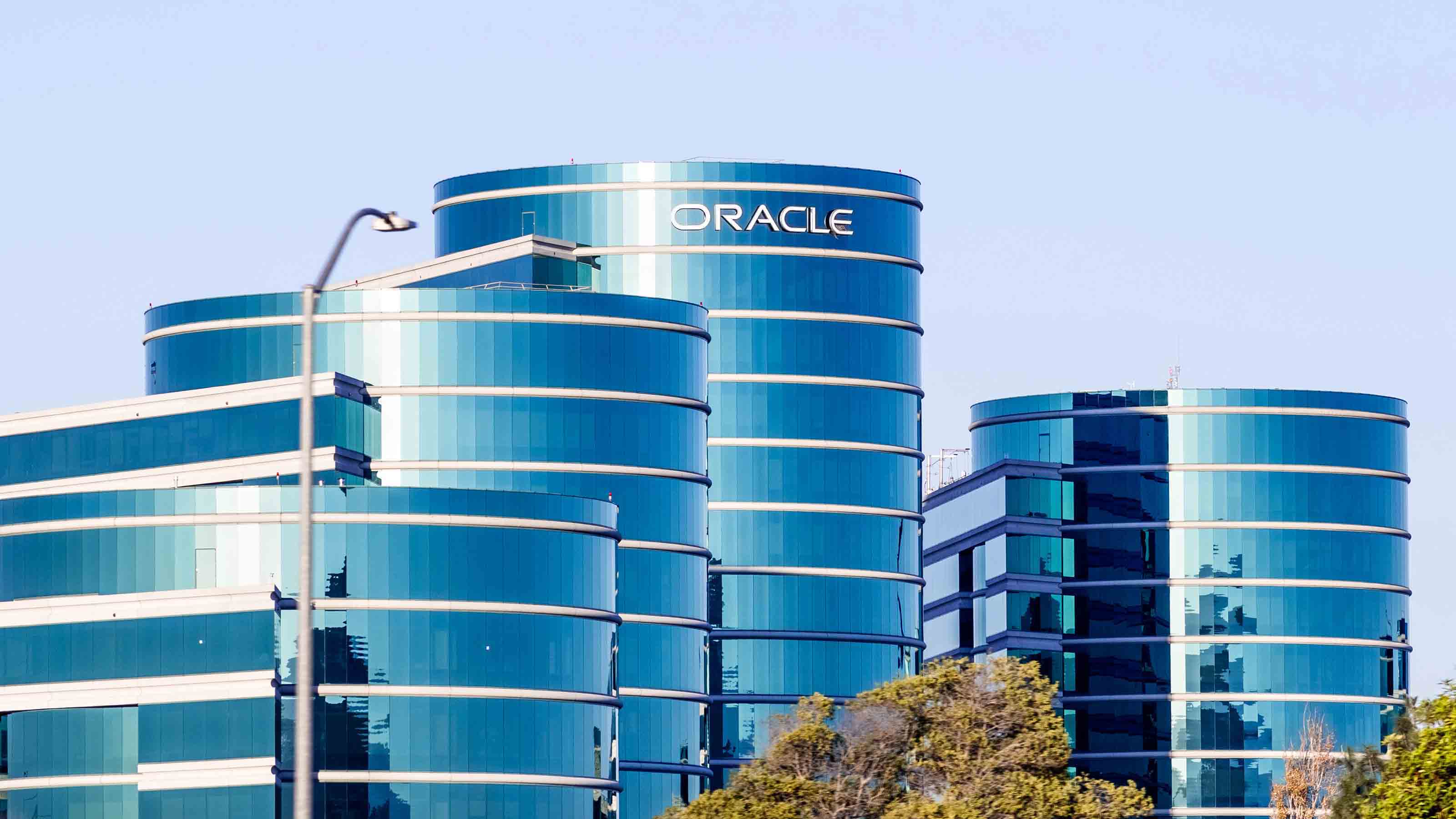
 If You'd Put $1,000 Into Oracle Stock 20 Years Ago, Here's What You'd Have Today
If You'd Put $1,000 Into Oracle Stock 20 Years Ago, Here's What You'd Have TodayORCL Oracle stock has been an outstanding buy-and-hold bet for decades.
-
 How to Invest for Rising Data Integrity Risk
How to Invest for Rising Data Integrity RiskAmid a broad assault on venerable institutions, President Trump has targeted agencies responsible for data critical to markets. How should investors respond?
-
 If You'd Put $1,000 Into Sherwin-Williams Stock 20 Years Ago, Here's What You'd Have Today
If You'd Put $1,000 Into Sherwin-Williams Stock 20 Years Ago, Here's What You'd Have TodaySherwin-Williams stock has clobbered the broader market by a wide margin for a long time.